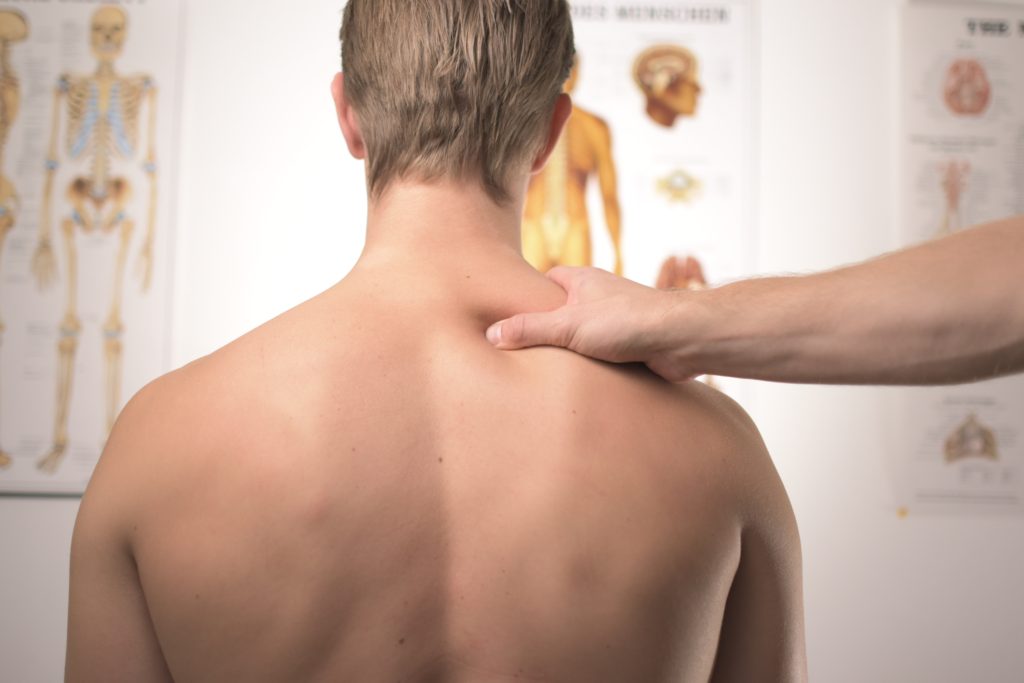
Over 25 million adults live with chronic pain in America. The availability and easy access to NSAIDs make them a tempting source of relief, especially when people have to manage pain during a long commute each day. However, NSAIDs simply mask pain, rather than addressing its source and removing it. Long-term use of NSAIDs has serious potential side effects; a far safer and more prudent way of tackling pain is through holistic approaches such as the Alexander Technique. This is an approach to pain and stiffness that teaches you to locate the source of your pain, helps you practice good posture and relax areas of tension in your body. It is particularly helpful when it comes to long commutes or walks, as these are times when you can be especially mindful of your posture, breathing and tension.
Practicing the Alexander Technique outdoors:
First things first, try to get outside as much as possible, being careful not to spend too much time in the sun on particularly hot days. The great outdoors has several benefits, from giving you much-needed vitamin D to boosting your morale (studies have shown the positive impact of outdoor plants on mental health). So much of the Alexander Technique is about being aware of how you hold yourself as well as tackling tension and pain, so being in an environment that lifts your spirits is extremely helpful.
The art of standing still:
Before you start walking, be mindful of how you are standing. This will influence your gait as well as your pain:
- Imagine your head is being pulled up to the sky gently by a piece of string and that your spine is going up with it. This will help free up and tension in your neck muscles, whilst also lengthening your spine and taking the pressure off your back. Now be aware of your knees, making sure they are not locked but slightly softened.
- Take some deep gentle breaths, in through the nose and out through the mouth, ensuring that your jaw muscles are totally relaxed and loose (try giving the sides of your mouth and jaw a gentle massage to encourage them to relax). This focused breathing will help ease your pain through the natural endorphins it releases and the increased blood flow around the body.
- When you feel ready, start walking. Make sure your shoulders stay down and relaxed and your head and chin stay tucked in, not pointing forward as you step forward. Have your arms just hanging by each side, allowing them to move naturally with your movements. keep breathing slowly and gently to encourage good posture and relaxation in your body.
Using the Alexander Technique while seated:
The average commute to work in the United States is 26.1 minutes each way, meaning that full-time working Americans spend nearly 4.5 hours a week getting to and from work. If you spend that time in a car or using public transport, your posture is likely to worsen without you being mindful of it. Be mindful of your positioning and breathing as you sit:
- Be aware of how you are holding your head and free your neck muscles in the same way as described above. While you imagine your head floating up into the sky, picture your sitting bones going down into the ground beneath you. This will lengthen your spine and create more space in your ribcage for you to breathe into.
- Do some gentle deep breaths and imagine any pain you feel melting away like runny custard. Keep your tongue and jaw relaxed as you do so and allow your ribcage to fill with each deep breath, and empty it gently as your breathe out.
Remember: mind and body work together
Training your body to stop bad postural habits and learn good ones takes time and patience, but the rewards for your physical and mental well-being are monumental. When it comes to managing pain, the mind and body are inextricably linked. By being mindful of our posture whilst sitting, standing and walking, as well as by breathing deeply and in a relaxed state, we are putting ourselves in the best physical and mental states to tackle pain effectively.
—
With contribution by Jane Baxter.
